Tim has recently returned home after spending a week trekking in the Sumatran jungle and has
come up with 5 tips for preventing pains and getting the most out your trek/ hike.
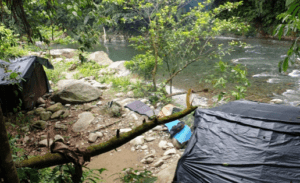
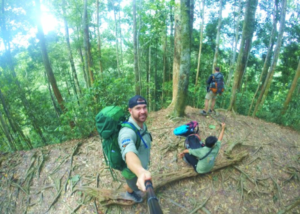
1. Planning
This is probably the most important and it’s a bit more than common sense. it’s being smart and a bit of trial and error. You wouldn’t take a 15kg pack on a day hike would you. Know the types of climate you will be in, the temperatures during day and night, the distances and difficulties of the planned route. Having an idea of all the gear you need is the first step. I’m notorious for carrying more gear than I need. The lighter the better. This is where making a list is paramount and starting with the priorities like clothes, water, first aid, cooking gear, knife etc. You can then highlight aspects that aren’t too important and see where you can cut down.
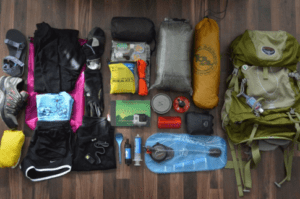
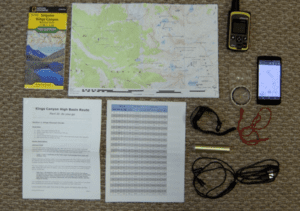
2. Packing
Yes, there is an art to packing. This is when all those years playing Tetris pay off. Some of the rules should be loosely based around the following:
- Heavier items in the middle of your pack (closer to your body) / lighter items on the outside
- Items you use the most in storage areas/ pocket easy to access (i.e. food, water, camera)
- Have your own system (know where everything is) – do you have clothesin individual
storage bags? Can you access your wind breaker jacket if it gets cold? Which pocket did you
put the multi tool/ aeroguard/ sunscreen? - Take advantage of the straps, accessories that your pack comes with (tie shoes/ sleeping mat up on the outside, put trekking poles in holder and consider carrying an extra backpack in the front the counterbalance the load.
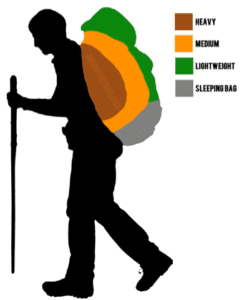
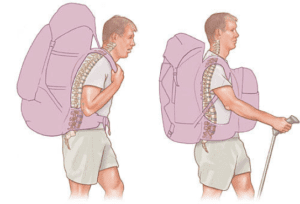
3. Knowing
Knowing your gear is probably the second most important behind planning. Like most sports and hobbies some people can go way over the top with buying the best product for ridiculous prices or needing to have to most up to date gadget to take with them. That been said there’s certain things I would not skimp out on such as, a good quality trekking pack, hiking shoes and mattress. Know the gear you have because you don’t want to get under way with your trip and spend hours and hours figuring out how to use it. Examples of this include:
- Cameras – know basic settings, how to change batteries etc.
- Can you roll your sleeping bag/ mattress and clothes effectively? Can you put your tent up?
- Do you know to use the gas cooker and GPS?
- Do you know all the bits and pieces on your multi tool?
- Do you the weather rating for your rain jacket, tent, sleeping bag? What about the UV rating
for your shirts? - Do you know how to safely tighten/ loosen your pack? Can you safely put it on and take it
off?

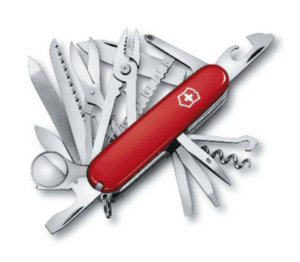
4. Using
Yes, it’s that simple use the gear you have. Don’t think she’ll be right, use your gear! so you don’t get home and say, “I would have come in handy”. This is some of the things forget to use:
- Compression/ recovery garments
- Trekking poles
- Deep heat/ tiger balm
- Small massage ball
- Toothbrush/ paste over mouth wash
- Body wash/ shampoo/ conditioner
- Moisturizer
- Water purification tablets
- Aero guard/ sunscreen

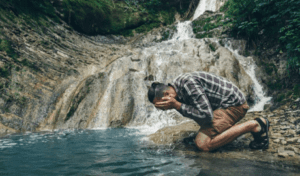
5. Adjusting
After a trek make a list of things you used, didn’t use and things you wish you had. Talk to others about tips for making your experience better and how to best cut down on items and weight. Take advantage of all the space in your shoes for smaller items, pack a small medicines kit with only a small amount of medications, take batteries out of the packaging, fully waterproof your bag etc.
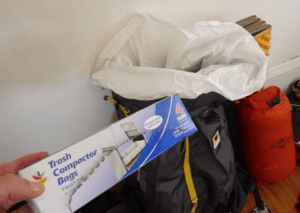
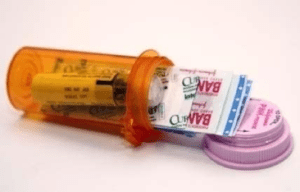
– Tim Cottman-Fields, Physiotherapist + Exercise Physiologist.
If you would like to make an appointment with our exercise physiologist, Tim, give one of our friendly team members a call on 4724 0768 or follow the link to book online (selecting ‘Exercise Physiologist Consult – Initial’). https://physionorth.bookings.pracsuite.com


